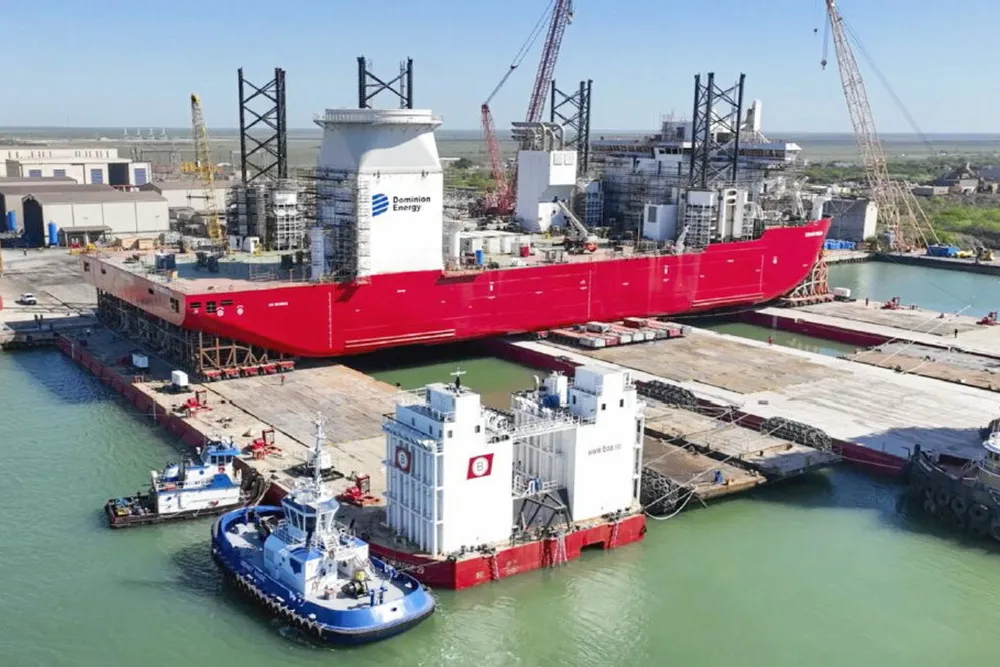US offshore wind could gain on major Congressional vessel support bill
Bipartisan initiative aims to strengthen seagoing fleet while bolstering supply chains and workforce to bolster coastal energy production

The bipartisan SHIPS for America bill introduced into the US Congress to bolster the nation’s seagoing commercial fleet could boost offshore wind through capacity and efficiency gains. industry groups say.
The bill was introduced in both the Senate and House of Representatives 19 December to address “the urgent need to bolster America's maritime industry,” one of the sponsors, representative John Garamendi, Democrat from California, said in a statement.
The nation has only around 90 US-flagged vessels that could be deployed in case of war, compared to some 5,500 under flag of Asia-Pacific rival China.
The SHIPS bill seeks to correct that imbalance by providing support to “rebuild the US shipyard base, and expand efforts to recruit, train, and retain skilled mariners and shipyard workers,” Garamendi said.
SHIPS for America is “a broad effort that tries to address most of the issues of insufficient vessel capacity, insufficient manning,” said Charlie Papavizas, partner and chair of maritime practice at Washington, DC-based law firm Winston & Strawn. “There's high hopes for it, it has broad bipartisan support,” he added.
The current Congress currently split with the Senate under the Democrats and House in Republican hands will end 3 January, when the new, Republican-controlled body will be seated.
While the bill is aimed at ensuring the nation has an adequate fleet for national security, it could bolster offshore wind “by directly supporting shipyards, expanding financial incentives, and targeting investments to critical vessels for offshore energy production,” said Liz Burdock CEO of industry trade group Oceantic Network.
“The resulting increase in vessel production and rule changes would enable more efficient development of offshore energy projects, including offshore wind,” she added.
Inflationary headwinds
The ramping US offshore wind industry has already spurred dozens of newbuild vessels to support construction and operations and maintenance.
Offshore energy consultancy Intelatus Global Partners found that service operations vessels (SOV) built in Europe cost less than $70m, while those built in the US come in around $100m and will likely rise to $170m in the next few years.
Slower turnaround is another issue, and while European yards can build a crew transfer vessel (CTV) in around eight to 10 months and churn out 10 units a year, in “the US you're looking at about 12 months at least to as much as 15 to 20 months and maybe only two to four [CTVs] a year,” said Philip Lewis, director of research at Intelatus.
Representative Garamendi is joined in sponsoring the bill by senators Mark Kelly, Democrat from Arizona, and Todd Young, Republican from Indiana, as well as representative Trent Kelly, Republican from Mississippi.
(Copyright)